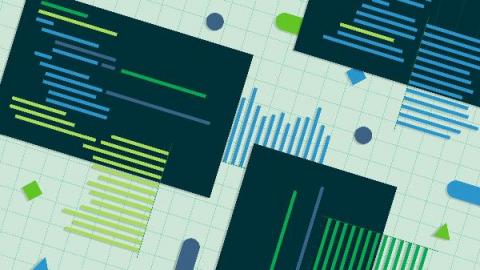Operations | Monitoring | ITSM | DevOps | Cloud
GitOps
The latest News and Information on GitOps and related technologies.
GitOps in the enterprise
GitOps has been getting traction as a cloud-native approach to continuous deployment, leveraging Git for version control. If executed well, GitOps can bring benefits such as automation of your continuous deployment pipeline, lower downtimes, consistency of workflows, and more.
Continuous integration with GitOps
Software development is changing rapidly. On one hand, you must quickly adapt to evolving requirements, while on the other, your applications need to operate continuously without downtime. DevOps helps you quickly adapt to changes. Among other initiatives, continuous integration (CI) and continuous delivery (CD) are intgegral to any DevOps practice.
GitOps Use Cases You May Not Have Considered
GitOps is growing in popularity. You’ve probably seen it mentioned on Reddit or dev.to. But what the heck is GitOps? Broadly speaking, GitOps takes the principles of Git and CI-powered workflows favored by software developers — commonly used to automate the process of building, testing and deploying software — and applies them to other business processes.
What is GitOps, Where Did It Come From, and Why Should You Care?
“What is GitOps?” – a question which has seen increasing popularity on Google searches and blog posts in the last three years. If you want to know why then read on. Quite simply, the coining of GitOps is credited to one individual, and pretty smart guy, Alexis Richardson. He’s so smart that he’s built a multi-award-winning consultancy, Weaveworks, and a bespoke product, Flux, around the GitOps concept.
Lesson 8: What is GitOps and why it's worth your time!
GitOps in Kubernetes, the easy way-with GitHub Actions and Shipa
Putting it simply, it is how you do DevOps in Git. You store and manage your deployments using Git repositories as the version control system for tracking changes in your applications or, as everyone likes to say, “Git as a single source of truth.”










